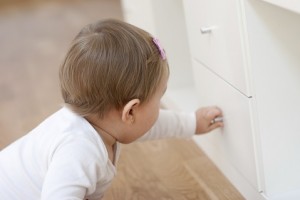
Poison control centers around the country have seen a sharp increase in calls about young children’s exposure to e-cigarettes. The biggest threat appears to be ingestion of liquid nicotine, HealthDay reports.
Young children exposed to e-cigarettes appear to suffer worse health effects than those exposed to regular cigarettes, the researchers report in the journal Pediatrics. The number of e-cigarette exposures in children younger than 6 years old increased 1,500 percent between 2012 and 2015.
During that period, poison control centers in the United States received more than 29,000 calls related to e-cigarette, nicotine and tobacco product exposures among children under 6. E-cigarettes accounted for 14 percent of those calls, while traditional cigarettes accounted for about 60 percent of exposures, and other tobacco products accounted for 16 percent of calls.
Children under age 2 accounted for almost all cigarette and other tobacco exposures, and 44 percent of e-cigarette exposures. In April 2015, on average, every three hours a poison control center received a call about a young child exposed to an e-cigarette or liquid nicotine.
Young children exposed to liquid nicotine were more than five times more likely to be admitted to the hospital, and two-and-a-half times more likely to have a severe medical outcome, compared with children exposed to traditional cigarettes, the researchers found.
“If this were an infectious disease, there would be headlines across the country,” said lead researcher Dr. Gary Smith, Director of Nationwide Children’s Hospital’s Center for Injury Research and Policy in Ohio. “E-cigarettes and liquid nicotine can cause serious poisoning, and even death, among young children,” he said.
In a news release, the researchers recommend that parents and child caregivers who use e-cigarettes store the devices and refill products where children cannot see or reach them—preferably in a locked location.
Published
May 2016
 Get Support
Get Support
